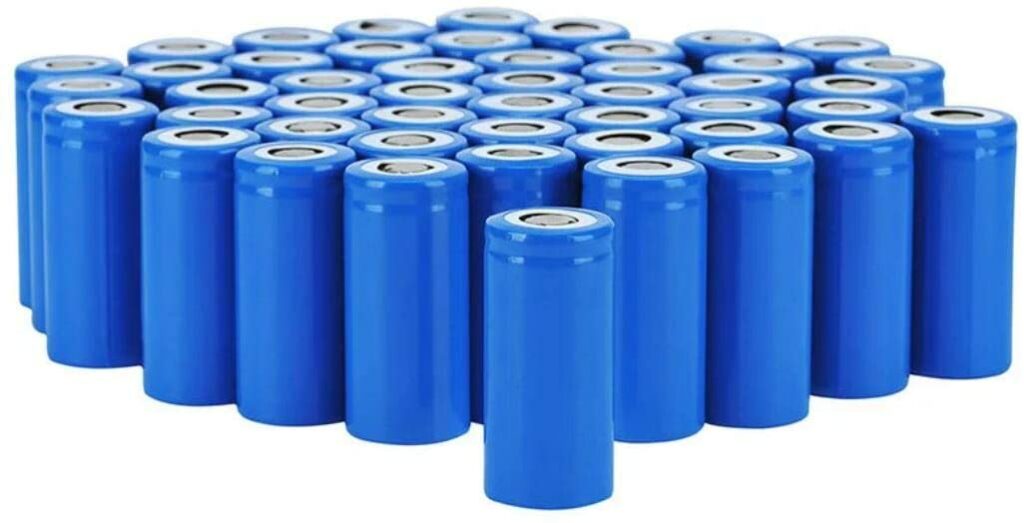

In the STEP scenario, the estimated demand is roughly half as high. The uncertainties relate to, amongst others, EV fleet development (even in our SD scenario EV market penetration is only about 50% in 2050), LFP battery market share (we assume a constant 60% market penetration after 2030), and battery capacity per vehicle (see Fig. However, there are considerable uncertainties related to this phosphorus demand. The cumulative phosphorus demand for light-duty EV batteries from 2020 to 2050 is in the range of 28–35 Mt in the SD scenario (Fig. 2: in the sustainable development (SD) scenario, which assumes a faster EV fleet growth than the stated policies (STEP) scenario, up to 3 Mt of phosphorus will be required for the production of LFP batteries in 2050 (Fig. We can confirm the calculation of Spears et al. Figure 1 presents the results for phosphorus. All calculations are based on our previous model 1 for quantifying the global material demand for EV batteries ( ), while all additional data is provided here.
#Lithium iron phosphate batteries free
For a free quote click the button below or call our team at (866) 218-0380.In order to close this gap, we have slightly extended our model to include phosphorous. Interested in lithium iron phosphate batteries?ĮnergyLink can help design, build and fund your next renewable energy endeavor. To find out more about how EnergyLink can help you finance an LFP battery, click here. However, LFP batteries last longer and perform better than their alternatives, saving your business money in the long run. LFP batteries are still not the cheapest option on the market, and they do tend to have higher up-front costs than other battery systems. Since it’s discovery for rechargeable battery application in the 1990’s, lithium iron phosphate chemistry has become increasingly popular, available and affordable. Financing lithium iron phosphate batteries Unlike other types of lithium batteries, the internal chemicals found within LFP batteries will not degrade over time or cause leakage that harms the environment. LFP batteries contain no toxic or rare earth materials. Incorporating LFP batteries for renewable energy storage in your next energy project will help reduce your business’s carbon footprint. LFP batteries are also incombustible, which makes these particular batteries the safest lithium chemistry to use in your business’s energy projects. Lithium iron phosphate is thermally and structurally stable meaning that it won’t fluctuate during overcharge or short circuit conditions, or if handled incorrectly. These batteries also require little to no maintenance once installed. LFP batteries can have a cycle durability of 2000 or higher and their life span can be up to twice as long as alternative chemistries. When it comes to commercial applications, LFP batteries offer the longest lasting lithium chemistry. Iron phosphate’s sturdy crystal structure also won’t break down during charging and discharging, contributing to its cycle durability and long life-span. Unlike its alternatives, LFP batteries can operate in extreme temperatures. These factors equip LFP batteries with efficient electrochemical performance. LFP batteries also have 100% capacity available and therefore charge quickly. In fact, LFP batteries have an energy density that is four times higher than lead-acid batteries. LFP batteries have high power density, meaning that the battery has a long run time despite its small size and weight. Additional benefits of using LFP batteries for in your commercial business are outlined below. These materials are non-toxic, which is just one factor that makes LFP batteries an ideal solution for renewable energy storage. Unlike other lithium chemistries, LFP batteries are made with a lithium iron phosphate (LiFePO4) cathode. Similar to lithium-ion batteries, LFP batteries store energy by moving and storing lithium ions that move between the positive and negative electrode during charge and discharge.

Without an energy storage system in place, businesses are forced to buy energy from the grid instead of using their previously generated resources. These battery systems store excess renewable energy for later use as business needs it. What are lithium iron phosphate batteries?īattery energy storage systems like LFP batteries can help businesses save on utility costs. This particular lithium chemistry is ideal for high power applications and energy projects such as solar energy installations. Lithium iron phosphate (LFP) batteries, provide an efficient, reliable, safe and environmentally-friendly method of renewable energy storage.


 0 kommentar(er)
0 kommentar(er)
